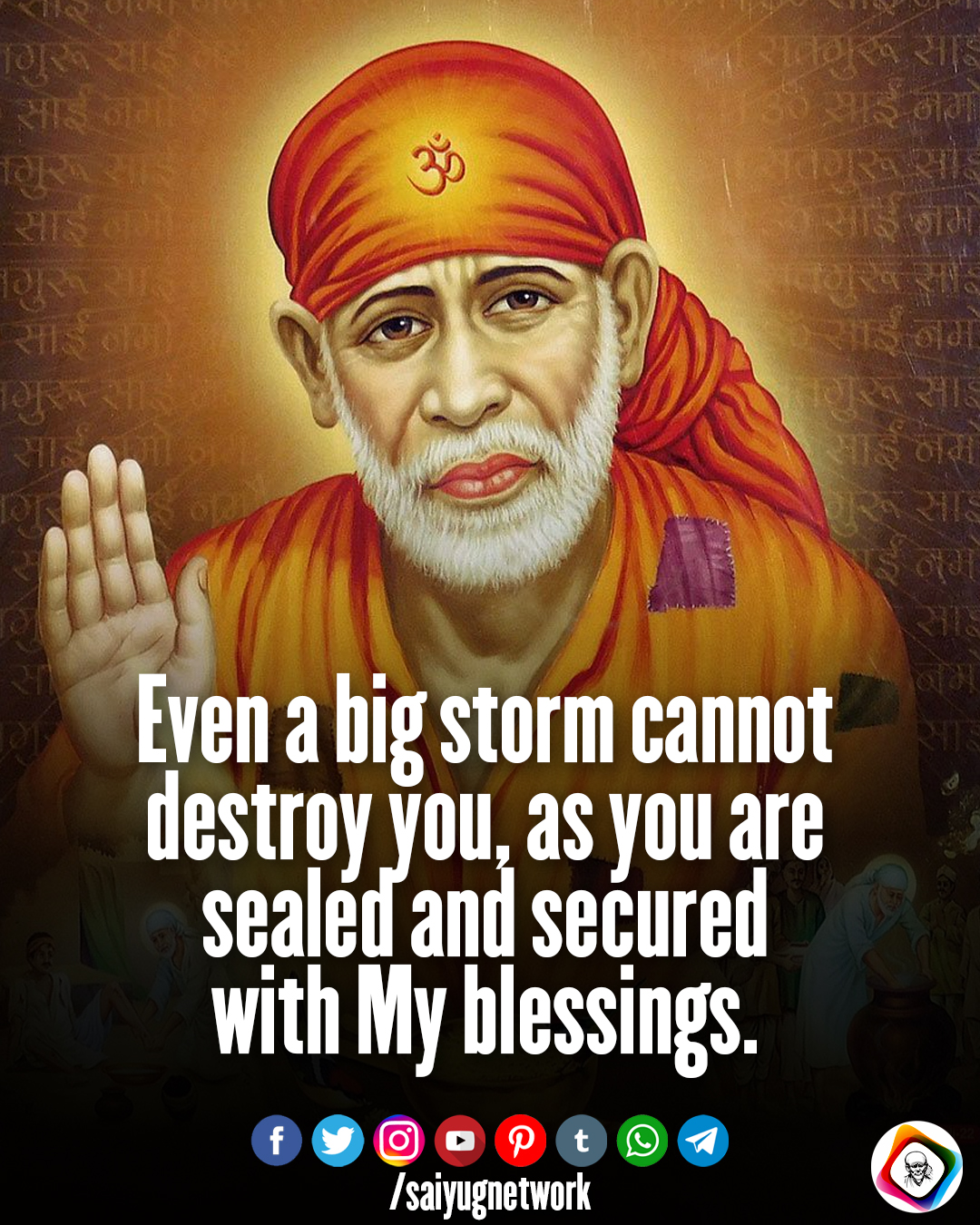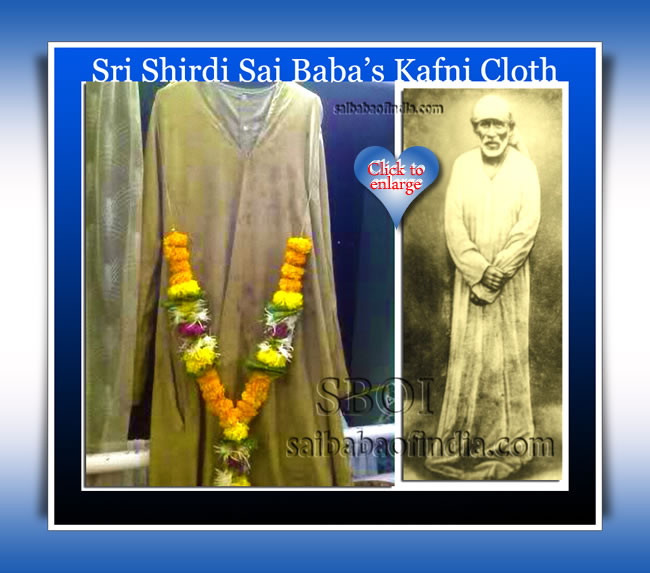
Sahasrabuddhe (alias Das Ganu Maharaj) wrote Shri Bhaktisaramrita, a Marathi hagiographical text in sixty-tree chapters on various Hindu saints. Sahasrabuddhe (Das Ganu Maharaj) wrote the 163-verse hymnody known as the Shri Sainatha Stavanamanjari.ġ925: G.D. He was believed to be around eighty years old.ġ918: Shortly after Shirdi Sai Baba’s death, G.D. Dabholkar, alias Hemadpant, retired from his position as a first-class magistrate, after which he began to write Shri Sai Satcharita, a Marathi hagiographic text generally considered to be the most authoritative source on Shirdi Sai Baba’s life.ġ918 (October 15): Shirdi Sai Baba died (or rather, attained full and final absorption into God (mahasamadhi)) in Shirdi on Vijayadashami (i.e., Dussehra). Chapters thirty-one, thirty-two, and thirty-three of this work focused on Shirdi Sai Baba.ġ916: G.R. Sahasrabuddhe (Das Ganu Maharaj) wrote Shri Bhaktililamrita, a Marathi hagiographical text in forty-five chapters on various Hindu saints. Chapter fifty-seven of this work was the first written source about Shirdi Sai Baba.ġ906: G.D. Sahasrabuddhe, alias Das Ganu Maharaj, wrote Shri Santakathamrita, a Marathi hagiographical text in sixty-one chapters on various Hindu saints. Narasimhaswami’s Life of Sai Baba holds that this event happened in 1892, while the Shri Sai Satcharita details this event without specifying its date.ġ903: G.D. He rose from his death-like state three days later, as promised.ġ892: Shirdi Sai Baba miraculously lit lamps in his mosque with water instead of oil.


1838: According to Shri Sai Satcharita 10:43, Shirdi Sai Baba was born around the year 1838 (i.e., 1760 in the Shaka era).ġ886: Shirdi Sai Baba suffered an asthma attack and declared that he would enter a state of deep concentration, or samadhi.


 0 kommentar(er)
0 kommentar(er)
